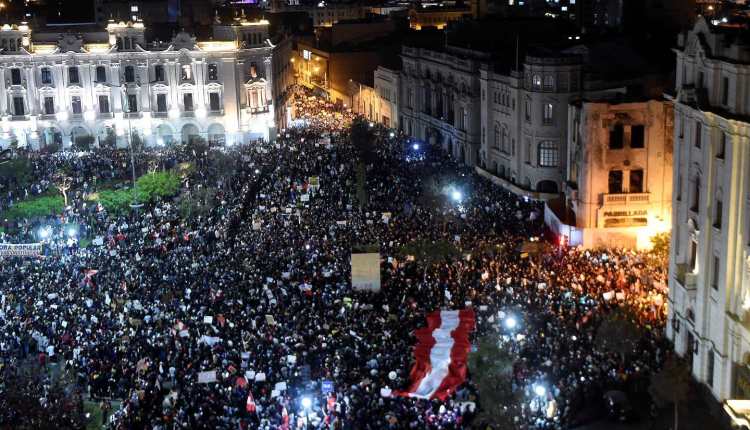Introduction
Over the past 30 years, Peru has seen a number of presidents ousted from power and put in prison on corruption-related charges. In Lima, hundreds of anti-government protesters have taken to the streets to demand for President Pedro Castillo’s resignation. Peru’s Congress decided to impeach President Pedro Castillo for the third time since he took office last year in July 2021. On Wednesday, 7th December, 2022, Pedro Castillo has been impeached, detained while en-route to Mexico’s embassy to request asylum. The President managed to survive two impeachment votes before ultimately being voted out on account of dissolving Congress leading to accusations of a coup attempt. Earlier, Castillo won a tough election campaign with a significant support from voters of the rural and marginalized areas of the country, but his popularity swiftly declined as a result of opposition from a disjointed Congress and charges of “moral incompetence.”
Background

Current Situation
Peru is the second-largest producer of copper in the world and has one of the fastest expanding economies in the region South-America, but political unrest has hampered the country’s prospects. Due to the prolonged political crisis, the nation is experiencing political, social, and economic difficulties. In an effort to combat persistently high inflation, the central bank of copper-producing Peru raised its benchmark interest rate by 25 basis points to 7.5%, making it the country’s 17th straight increase. Since August 2021, the bank has increased the rate several times to counteract growing inflation, which peaked in November at 8.45% annually. According to the central bank of Peru, the outlook for the majority of important economic indicators and expectations is still negative, and there is ongoing concern that external forces are driving up the cost of food and energy. Therefore, there are tensions that food crisis can emerge amid soaring prices. Not long ago, the United Nation’s Food and Agriculture Organization (FAO) said that Peru has become the most food-insecure country in South-America. According to the World Bank, Peru is an upper-middle income country having an ability to grow necessary food for fulfilling the needs of the people. But still, more than half of the population, or 16.6 million people, have not regular access to enough, safe and healthy food. There are multiple reasons behind the ongoing crisis, poverty rate was recorded 25%, and the annual inflation rate in 2022 has remained above 8%, which is the highest level in 24 years.
The inflation brought on by the Ukraine crisis weighs hard on recovery prospects that were already worse due to the post-COVID decline. Before being ousted, Castro stated that Peru is facing price increases as a result of various global phenomena, particularly the rise in fuel prices and supply which is also a result of the war in Ukraine. There is no doubt that in addition to the increases in the price of food and energy, the country has reached this disastrous point as a result of the government’s poor management and political instability.
Conclusion
Political stability and economic growth are deeply interconnected because political unpredictability can slow down investment and the rate of economic development in a country. Considering the Peru’s political situation, it seems not to be resolving soon. The newly elected President, Dina Bolurate may run into problems with congress and country can witness calls for elections soon, making the future of country uncertain. There is the need of a resilient political system that can deal with the crises within and outside the country as well as ensure that people of Peru can live better, fair and safe life.

Research Associate, Pakistan House



